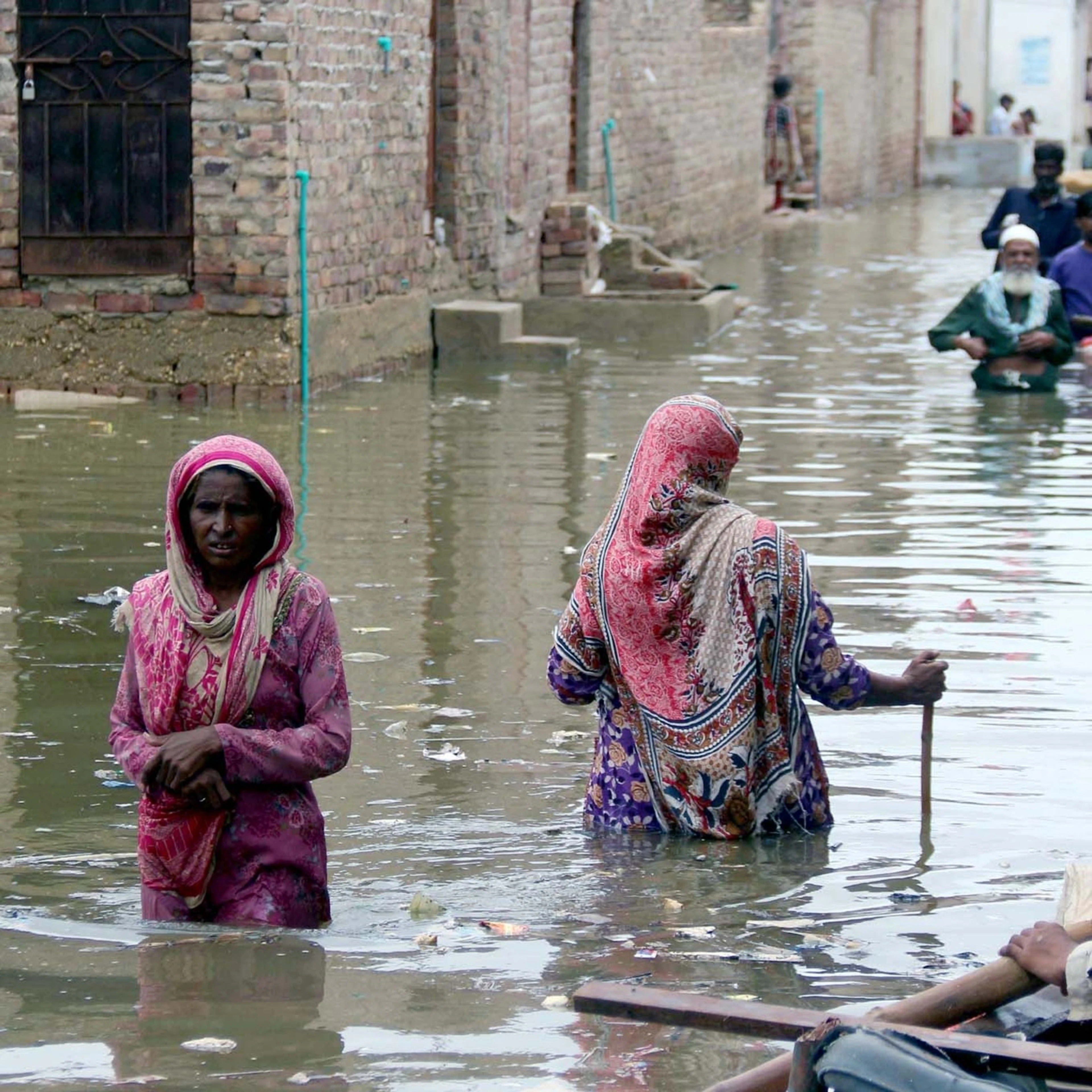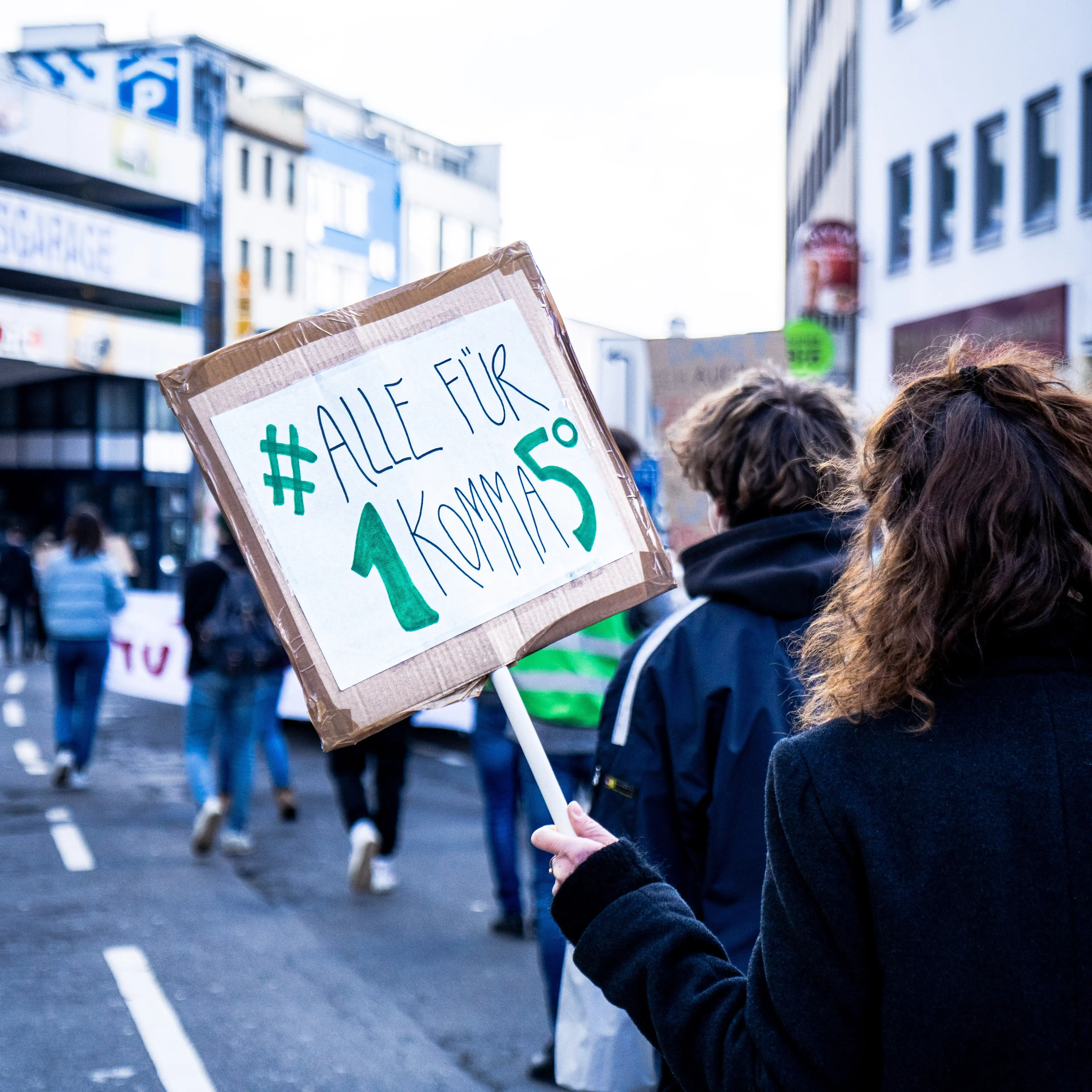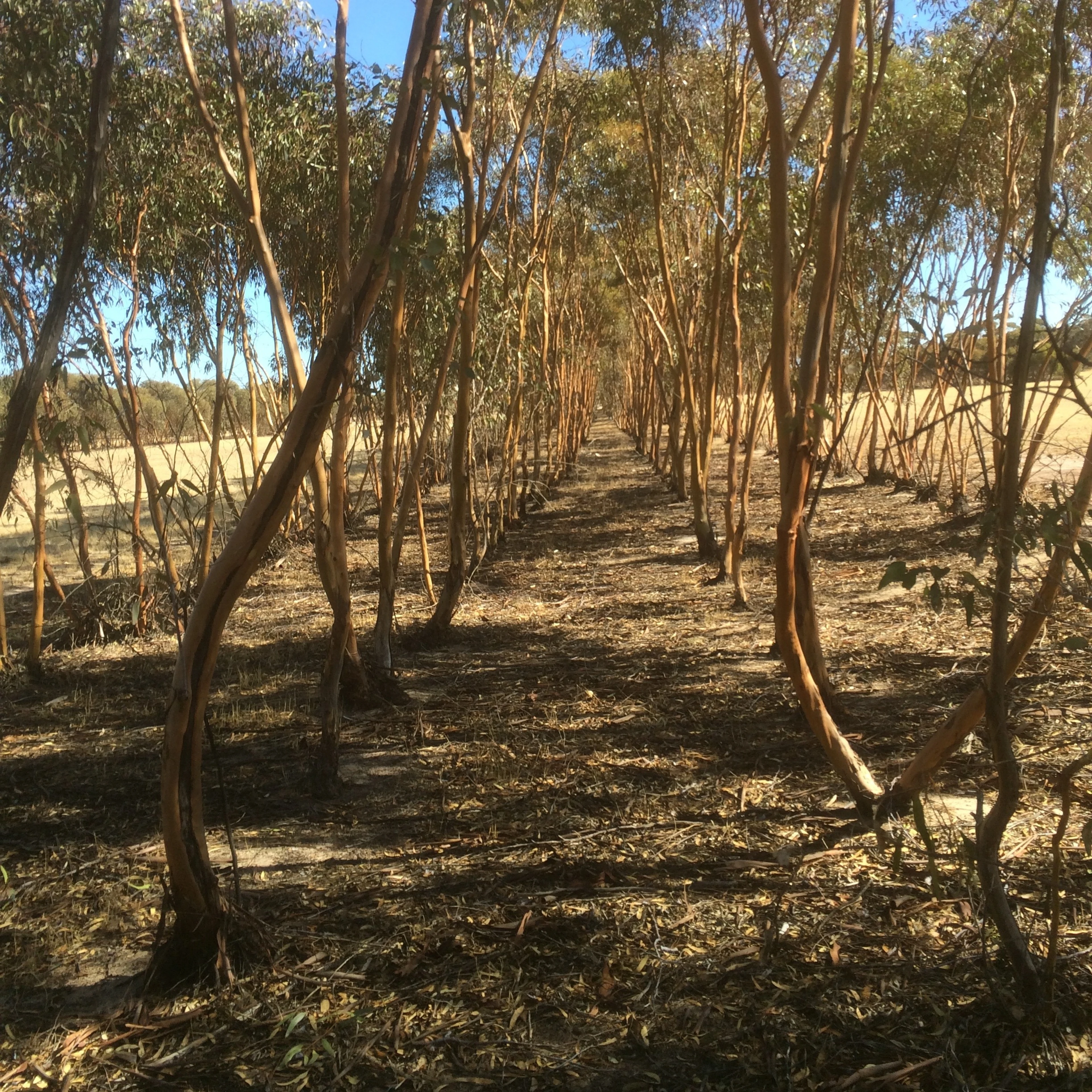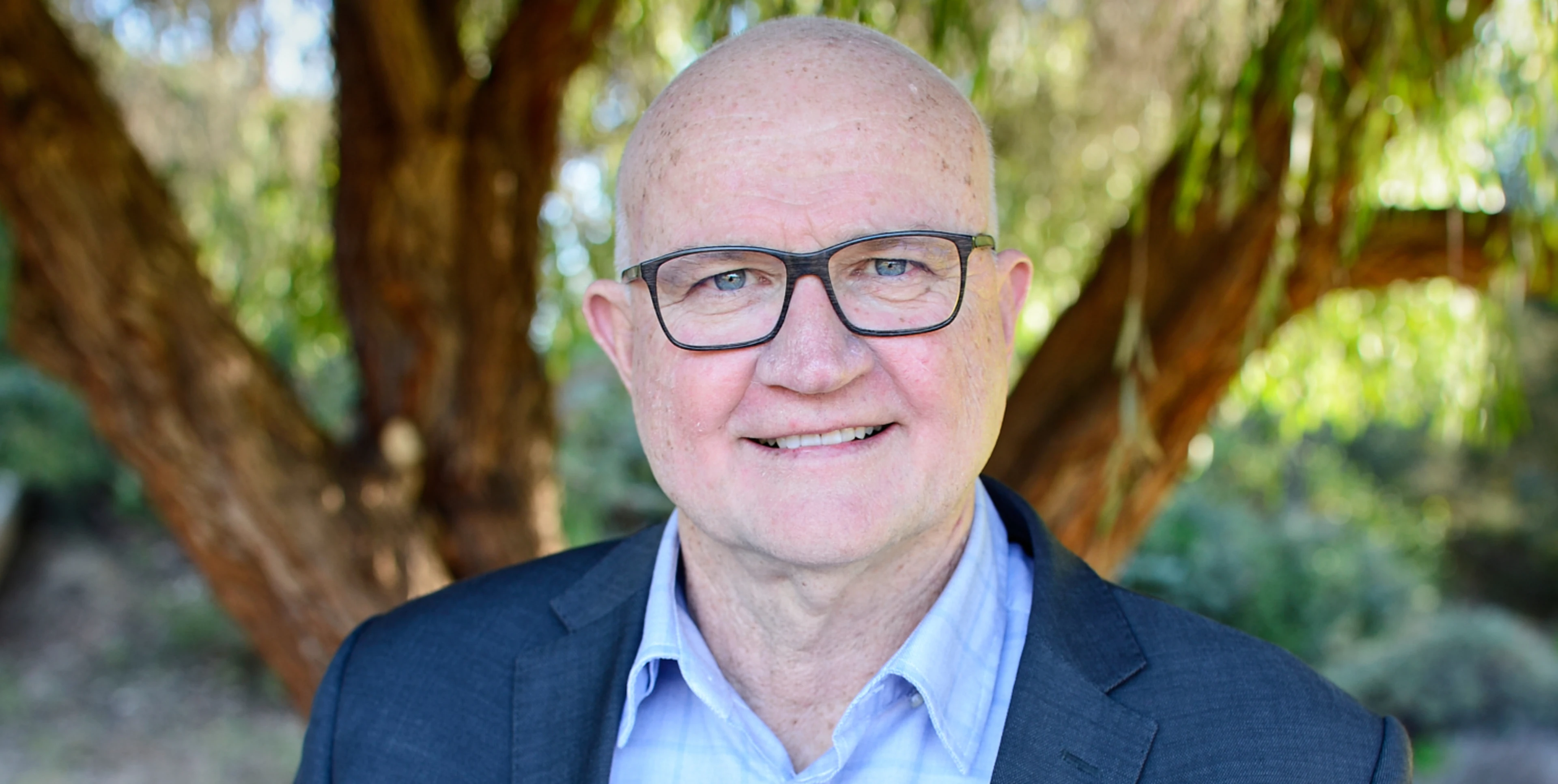With the attention of the world shifted from COP27, which left us still on track for a frightening 2.8C of warming, to a World Cup hosted in a fossil fuel state where brand new carbon-intense concrete bowls are having to be air conditioned, it can be tempting to despair about the state of our global political institutions and processes.
COP27 was billed as the ‘implementation COP’ with a focus on Loss and Damage (a mechanism to provide finance to countries dealing with the impacts of climate change). But, in the end, the result – which came 29 hours later than planned - was a mixed bag, with progress on funding the impacts of climate change balancing off against a lack of progress on tackling the causes.
Loss and Damage
On Loss and Damage, a last-minute (well, late, as COP overran) compromise saw decades of effort from climate-vulnerable states result in a historic agreement. With the catastrophic floods in Pakistan fresh in the minds of delegates (aided by a brilliant message from the Pakistan pavilion), developed countries came to COP willing to formally discuss loss and damage for the first time. Accordingly, the last few days saw major fault lines emerge on exactly who would pay (would it include China?) and who would be eligible to receive funding. The final text is an ambiguous compromise which leaves all parties able to interpret the outcome as favourable to their interests, but as a result leaves open some major questions that will have to be returned to. However, getting anything agreed on Loss and Damage represents a great victory for developing countries.
Set phasers to ‘down’
On reducing the causes of climate change, particularly for fossil fuels, the text finished with the same text as that agreed at COP26. That is, keeping language about limiting warming to 1.5C and on ‘phasing down’ coal. That outcome represents an uncomfortable compromise, with health and sustainability commentators pointing out that until we are prepared to phase out all fossil fuels (not just coal), progress will be stymied, but a worse outcome had been averted, with some fossil fuel producing states having earlier tried to drop the 1.5C goal and return to a 2C of warming ambition. In the end, keeping the status quo was the only way to achieve consensus, despite that leaving us on a dangerous path towards well over 2C warming. On individual country pledges to reduce carbon, only 30 countries have updated and strengthened their pledges since COP26 in Glasgow.
What to do about overshooting?
So, where does that leave us? The agreement on Loss and Damage is historic and should be celebrated. That funding will cost much more in world where we do not reach net zero carbon emissions quickly enough. With only a few years left to halve our emissions we are running out of COPs before 1.5C of warming becomes impossible. As things stand, it is unlikely. Future COPs will have to achieve far more than this one did. In the meantime, there is a vital role for companies and individuals to fund climate solutions. In particular, the case for long-term carbon removal (known as CDR) becomes ever more compelling if we’re to overshoot 1.5C. It is increasingly vital that we launch and scale a variety of long-term carbon removal solutions, if we’re to get back on track in the latter half of this century.
Next year COP moves to Dubai, where there is already a fear that fossil fuel interests may slow progress. In the meantime, we have the maddening idea of a ‘carbon neutral’ World Cup to enjoy.















